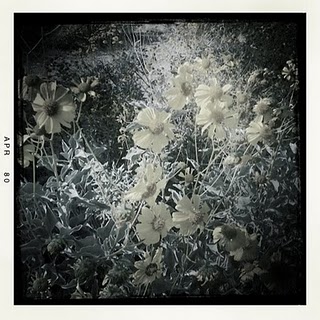 Where a certain quality of light illumines the lush foliage and warms the honey coloured brick of this fascinating country house hotel. It dapples the grey and pinkish white hides of the does as they playfully flirt and then shyly turn away from the piercing eyes of the antlered deer. It ripples across the quietly moving waters of the trout stream and turns the shining leaves of the great towering trees to gold.
Where a certain quality of light illumines the lush foliage and warms the honey coloured brick of this fascinating country house hotel. It dapples the grey and pinkish white hides of the does as they playfully flirt and then shyly turn away from the piercing eyes of the antlered deer. It ripples across the quietly moving waters of the trout stream and turns the shining leaves of the great towering trees to gold.
Hunstrete is an 18th century Georgian house set in ninety-two acres of deer park at the edge of the Mendip Hills between Bath and Bristol, dating as far back as 963 AD when Houndstreet Estate was owned by the Abbots of Glastonbury. In 1621 "Hownstret" passed to the Popham family of Littlecote whose home it became for the next three hundred years. It is definitely one of my favourite places to visit not only because of its historical background, but for the superb service headed up by general manager, Bertrand de Halgouet whose peerless French ability to charm guests makes your visit unforgettable.

 The desert palate is grey and yellow now. The grey of sagebrush, and the vibrant yellow of daisy-like brittlebush that bursts in great round humps among the rocks. In fact, it's gloriously golden absolutely everywhere in Palm Springs. These plants flower only once or twice a decade, so I feel enormously grateful to have been there at the right time, not that my Hipstamatic does them justice.
The desert palate is grey and yellow now. The grey of sagebrush, and the vibrant yellow of daisy-like brittlebush that bursts in great round humps among the rocks. In fact, it's gloriously golden absolutely everywhere in Palm Springs. These plants flower only once or twice a decade, so I feel enormously grateful to have been there at the right time, not that my Hipstamatic does them justice. To understand the food in Richmond you must have a quick lesson on demographics and history. Don’t worry, it’s quick. Richmond began to see many immigrants from Hong Kong and throughout Asia after World War II, with a great number flowing in during the 1990s. Currently, Richmond is 65% Asian, 49% of those are Chinese. You’ll find other Asian cultures as well, particularly Southeast Asian as well as a mix of other cultures from all over the world. But this predominately Chinese makeup means restaurants, stores, shops and markets all cater to an Asian population, and visiting and eating is pure heaven for a guy like me.
To understand the food in Richmond you must have a quick lesson on demographics and history. Don’t worry, it’s quick. Richmond began to see many immigrants from Hong Kong and throughout Asia after World War II, with a great number flowing in during the 1990s. Currently, Richmond is 65% Asian, 49% of those are Chinese. You’ll find other Asian cultures as well, particularly Southeast Asian as well as a mix of other cultures from all over the world. But this predominately Chinese makeup means restaurants, stores, shops and markets all cater to an Asian population, and visiting and eating is pure heaven for a guy like me. Tears always run down my cheeks as we cross that first bridge on the way to the Charles de Gaulle airport in Paris. I promise myself repeatedly that I won’t cry, but I always do. I can feel my emotions start to well up when I am denied Paris air when the Air France autobus door shuts out the sweet scent of my favorite city. I get anxious knowing the door won’t open again for a whole year as I start my ungraceful shuffle homeward bound. I’m not sad to be going home, I’m sad to be leaving Paris.
Tears always run down my cheeks as we cross that first bridge on the way to the Charles de Gaulle airport in Paris. I promise myself repeatedly that I won’t cry, but I always do. I can feel my emotions start to well up when I am denied Paris air when the Air France autobus door shuts out the sweet scent of my favorite city. I get anxious knowing the door won’t open again for a whole year as I start my ungraceful shuffle homeward bound. I’m not sad to be going home, I’m sad to be leaving Paris. We were going to take a cab to Damascus for dinner, but we couldn’t get
our visas, so we headed south. I was in Jordan, the Middle Eastern
Sundance Lab had ended. The aspiring filmmakers and their mentors were
dispersing back home to Cairo, Beruit, Ramallah and Casablanca.
We were going to take a cab to Damascus for dinner, but we couldn’t get
our visas, so we headed south. I was in Jordan, the Middle Eastern
Sundance Lab had ended. The aspiring filmmakers and their mentors were
dispersing back home to Cairo, Beruit, Ramallah and Casablanca.